Why Are My Calves So Big: Fat Deposition, Genetics, and More
While the modern beauty standard pushes the idea that women should have slender calves, achieving this look is harder said than done - especially since factors like genetics, diet and even picking the right exercises can contribute to the size of the calves.
Fortunately for many, there are ways to reduce the size of the calves in general, or even to tone them up so they attain a leaner, more cut appearance.
The reason the calves may be big is quite simple: significant mass has been added to the lower limbs, either in the shape of muscle or fat.
While some of this is dictated by genetics and unavoidable, there are several steps that may be taken so as to change the composition of the legs in general.
Anatomy of the Calf Muscles
Before tackling how to effectively change the shape and size of the calves, it is important to understand the underlying anatomy behind it, and how that relates to the methods we will be learning to affect it.
The Calf Muscles
The calves primarily consist of two muscular structures; the gastrocnemius and the soleus, with the former being the two-headed and most visible portion while the soleus is relatively flat and positioned beneath the gastrocnemius.
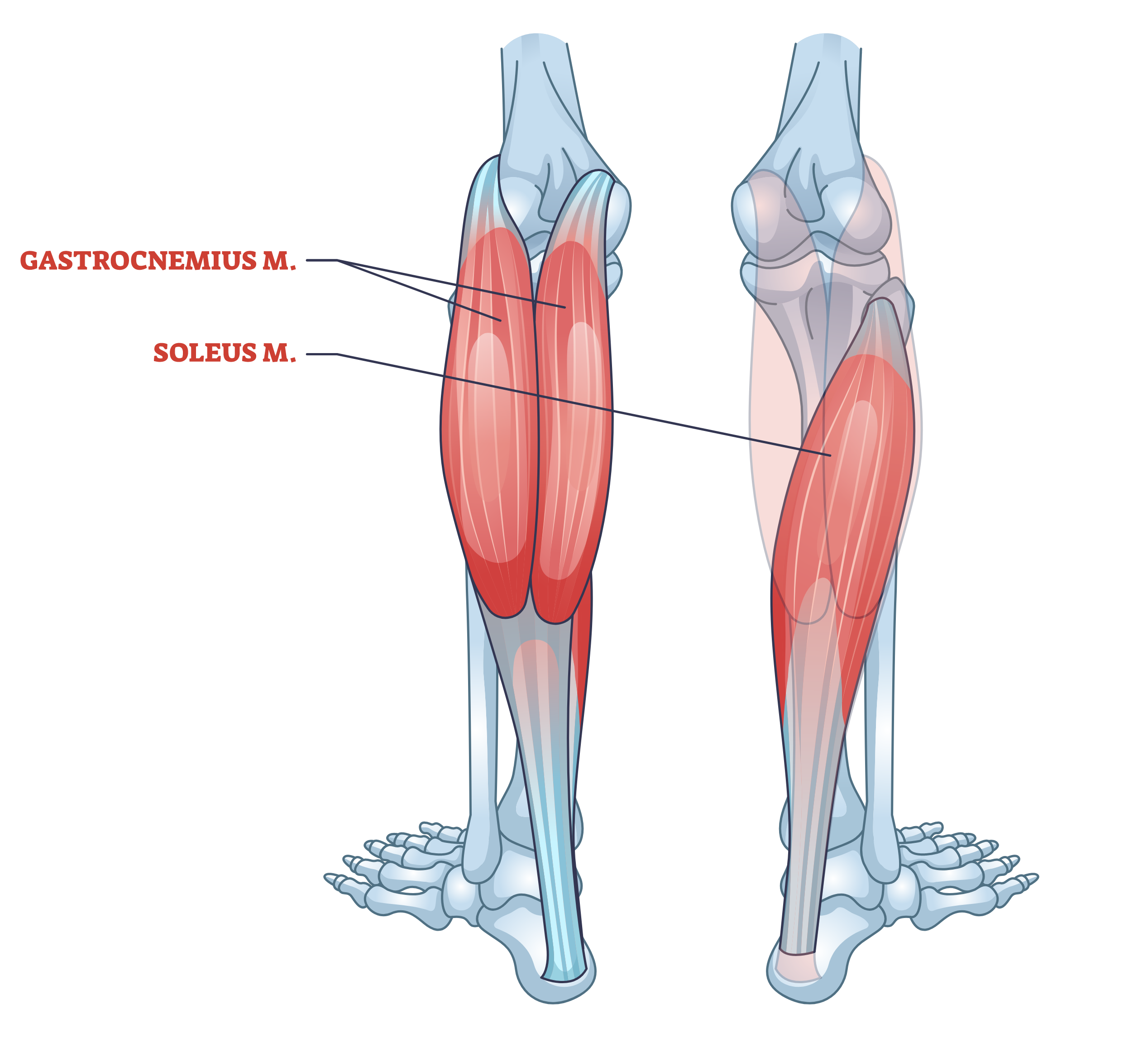
Often, when an individual has developed highly visible and muscular calves, it is the gastrocnemius that has undergone hypertrophy the most - as it is the most superficial in terms of depth, and significantly larger in mass than the soleus.
Understanding the Difference Between Calf Muscles and Calf Fat Deposition
While it is likely that individuals with large calves possess significant muscle mass in the two main muscles therein, it is also possible that much of the mass is actually from adipose (fat) tissue instead.
For individuals of relatively high body fat percentage, this is the far more plausible scenario, and as such is also a major deciding factor on how best to slim down the calves.
To put it in context, individuals with big calves from fat will require fat loss, whereas those with big calves from muscle (and wish to have smaller calves) will need to reduce the size of their calves through muscle loss.
How to Know if Big Calves are From Fat or Muscle
Now that we have a basic grasp of what lies beneath the surface, the question becomes what sort of tissue makes up the size of your calves.
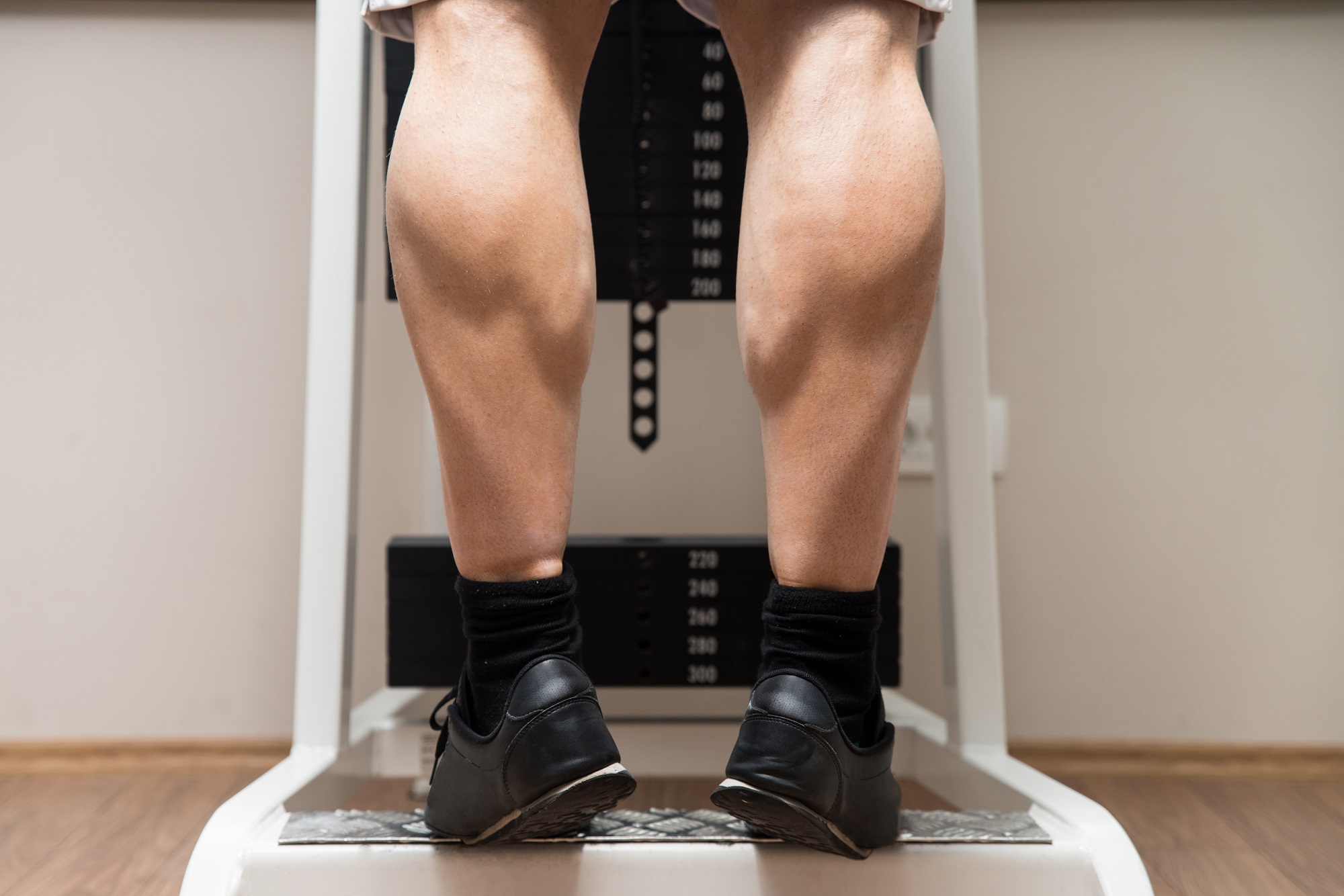
Chances are, the answer to this is directly in-line with your lifestyle and habits; Individuals with an active lifestyle and relatively low body fat composition will likely have big calves composed of muscle mass, whereas sedentary individuals with average or higher body fat composition will likely possess fat stores in their calves.
However, if you’re somewhere in the middle of these two cases, there are several ways to figure out the composition of your calves.
DEXA Scans and Similar Procedures
The surest and easiest way to know whether your big calves are from fat or muscle is to get a DEXA scan.
A specialist clinic will utilize X-rays to develop an in-depth look at the tissues of your body, and thereby estimate whether your calves (and the rest of your body) are composed of primarily lean mass or fat tissue.
While DEXA is currently the most accurate procedure for this goal, there are still quite a number of different methods like EMG or electrical impedance testing - all of which are relatively accurate as well.
Check for Muscle Definition, Vascularity, and Responsiveness to Transient Hypertrophy
One way to test your calf composition at home is to simply look at your calves. If they show clear muscle definition or vascularity, chances are that the size of your calves are due to muscular hypertrophy, rather than fat.
This may be taken a step further by inducing transient hypertrophy - or what is otherwise known as a muscle pump. Unlike fat tissue, skeletal muscles will draw more blood towards themselves when used at a high intensity, and seeing this take effect is a surefire way to determine whether an area is composed primarily of muscle or fat.
To do so, simply perform several sets of body weight calf raises. If your calves have become significantly larger and more defined, it is likely that the fat deposition in your legs is quite low, and that the mass is primarily from muscle.
Body Fat Storage, Water Storage, and Genetics
Even if we have established whether your calves are primarily fat or muscle, there are still several intrinsic factors that can influence the actual size of the entire calf itself - the majority of which cannot be directly manipulated without changes to the diet.
Genetic Fat Deposition
Though it is partially dictated by hormones, the parts of our bodies that hold the most fat are unique between individuals, with one person being predisposed to storing fat in the calves while another may do so around their abdomen, for example.
As of yet, there is no way to actually change this, and individuals predisposed to storing adipose tissue in their calves can only diet down in the hopes that the reduction in overall body fat composition will also affect the size of their lower legs.
Sodium Intake and Water Deposition in the Calves
One factor unrelated to actual mass is the propensity for the body to store fluid in the calves and ankles.
In extreme cases, this is known as edema and can be a sign of any number of dangerous health conditions - but it is otherwise relatively harmless in healthy individuals. Instead, water deposition in the lower parts of the body could be simply due to water retention in general.
This is especially true for individuals who are sedentary or spend plenty of time in an upright position, as it is possible for fluid to pool in the lower extremities. Water retention in these areas can be made worse by sodium intake, which encourages water retention and can directly affect blood pressure, thereby further worsening the swelling of the calves.
How to Lose Fat on the Calves
Once you have indeed determined that much of your calf mass is due to body fat and not muscle or water retention, the best way to slim them down is to reduce your total fat mass.
Though it has been repeated ad nauseam, going about losing fat requires two changes to your lifestyle:
- First, you must reduce your total caloric intake through changes in diet.
- Second, up the frequency of your physical activity, be it exercise or simply being on your feet more often.
1. Diet
In order to reduce the amount of fat contributing to the size of your calves, you must put your body in a state of caloric deficit. This may be achieved by reducing total food intake or by upping the intensity of your physical activity.
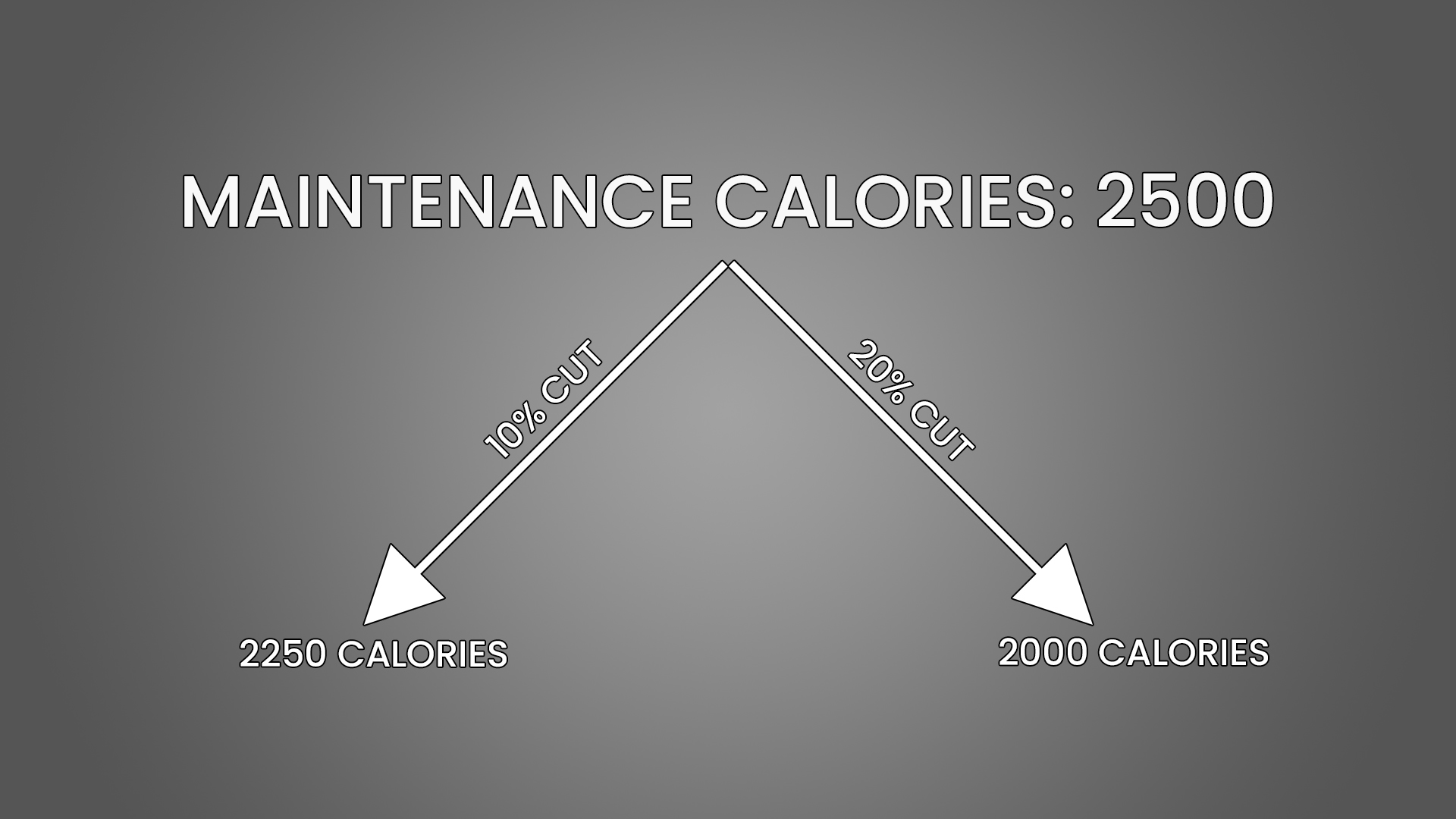
2. Exercise
To increase the frequency or intensity of your physical activity (and therefore burn more calories), many individuals elect to take up running or weight lifting - though going on walks and consciously spending more time standing should be sufficient for the average person.
But What About Losing Fat in the Calves Specifically?
Unfortunately, clinical science has determined that spot-reducing body fat is largely impossible. In order to lose fat in the calves, the entire body must also lose fat alongside them.
No amount of calf raises or sprints will spot-reduce body fat stored in the calves, and may in fact make them appear larger due to muscular hypertrophy.
What Exercises to Avoid Growing the Calf Muscles?
For individuals who wish to avoid growing their calves, there are several exercises and activities that they should forego so as to prevent the calves from developing further muscle mass.
Walking in Heels, Incline Running, and Stair Climbing
Unfortunately, it is largely unavoidable that the calves are used in modern day activities. Simply climbing stairs or walking in heels can cause the calves to grow as a response to physical stimulus.
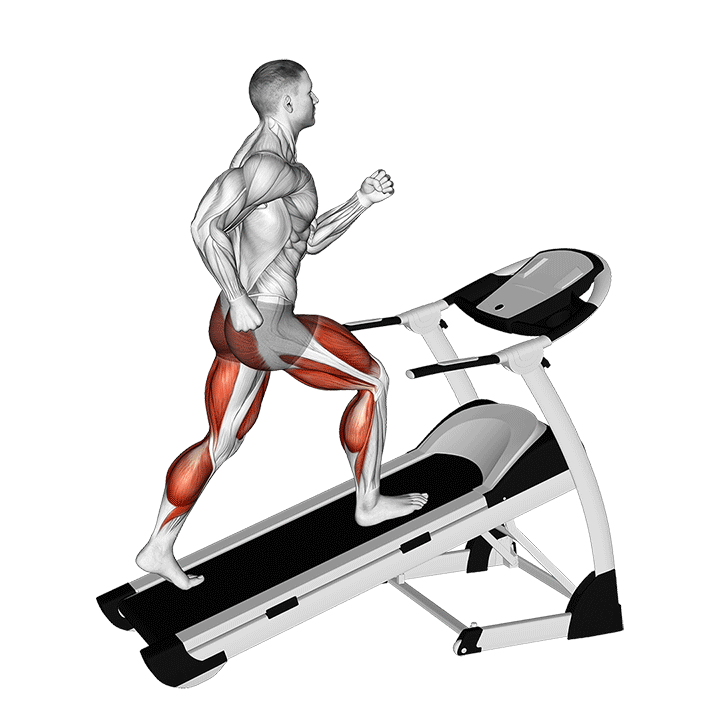
What one can do to prevent the calf muscles from growing in this scenario is to simply reduce the intensity of such activities.
Walking for shorter stretches of time, avoiding sprinting at high inclines or switching out the stair climber machine for something less calf-focused can all help prevent calf muscle hypertrophy.
Do note that this doesn’t mean all physical activity should be avoided, as a proper exercise routine is still vitally important for maintaining good health.
Calf Exercises like Heel and Calf Raises or Jump Rope
One mistake active individuals make (that can lead to big calves) is accidentally training the calf muscles directly, thereby causing them to grow against the exerciser’s wishes.
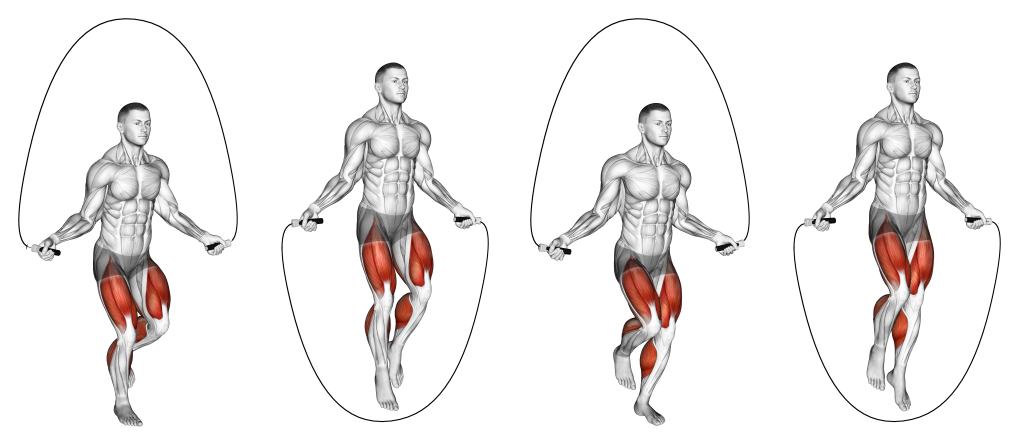
Movements like calf raises or jump squats are the most common cause of this, but lower impact exercises like mountain climbers or jump ropes can also affect the calf muscles as well.
Other General Tips for "Slimming Down" the Calves
Apart from losing fat and controlling calf muscle growth, there are several other tips that apply to individuals of all types - the majority of which have to do with fluid retention in the lower extremities.
Control Your Sodium Intake
As was touched upon earlier in this article, sodium can cause excess water retention - but especially so in the calves as fluid pools towards the base of the body.
If not for health reasons alone, it is a good idea to control how much sodium you consume so as to reduce this water retention effect.
Spend Less Time Sitting Down
Just as how salt intake can affect water retention, so too can physically allowing fluid to pool in the calves by remaining in a sitting position for too long.
In order to allow the body to evenly distribute water and other venous fluids, it is best to take a break between stretches of inactivity by walking around for several minutes. Not only will this reduce the adverse effects of a sedentary lifestyle, but also help slim down the calves as less fluid becomes stuck therein.
Try Low Intensity Cardio
Taking things a step further, incorporating sessions of low intensity cardio into a daily routine is an excellent way of reducing fat in the calves and as a way of ensuring that fluid is less likely to pool in the lower body.
Activities like swimming, walking or a short and low-intensity bout on an exercise bike are perfect for such purposes.
Compression to Reduce Swelling
If the fluid retention in the calves is particularly evident, the usage of a compression sleeve may be used to help prevent the body from doing so.
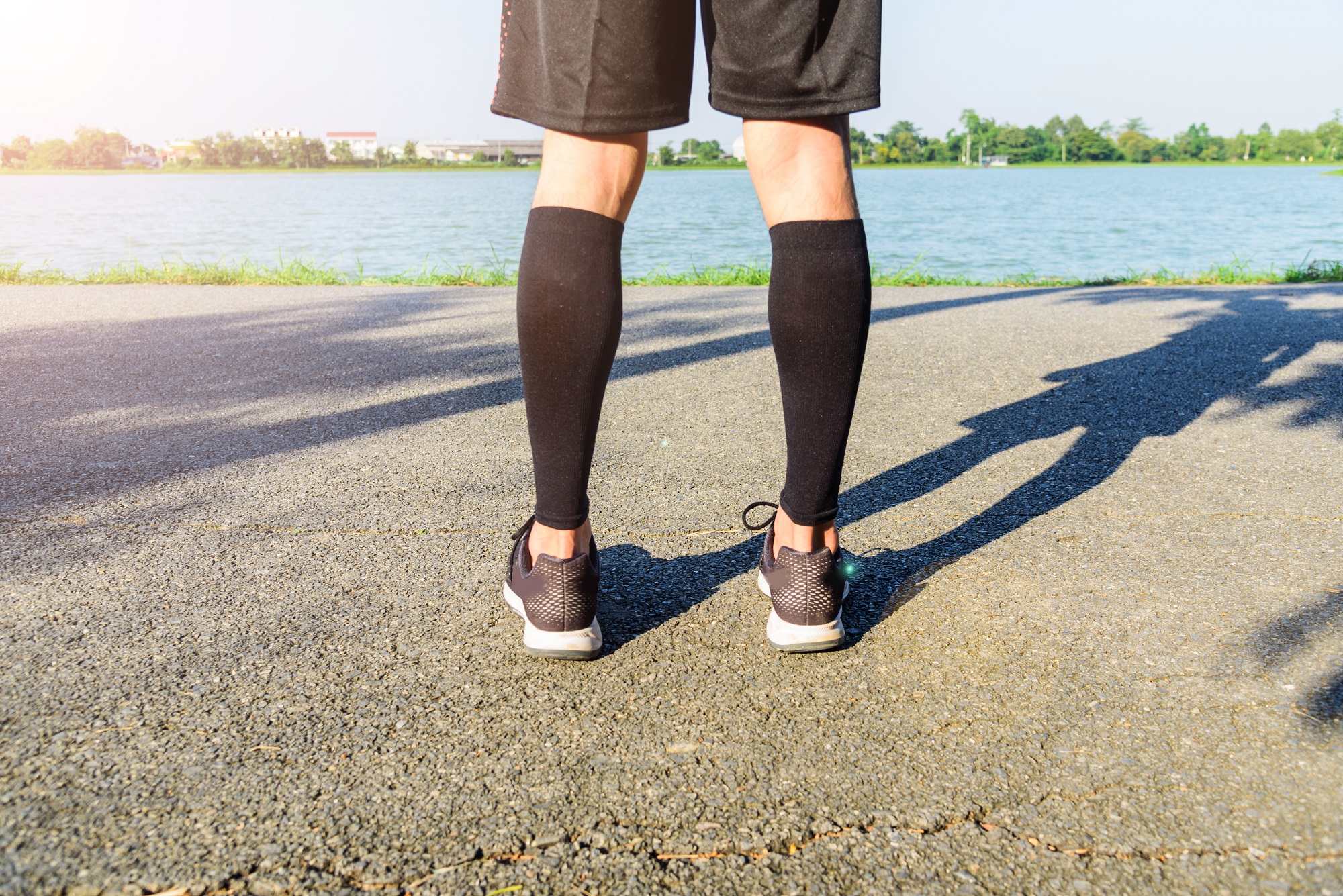
Note that if this is the case, it may be a good idea to speak to a physician, as medical conditions like diabetes or low blood pressure are characterized by edema of the lower extremities.
When to See a Doctor for Calf Swelling
Though simply consuming too much salt or sitting down all day can cause swelling in the calves, it could also be a sign of several serious health conditions that require medical attention.
Obesity, diseases of the circulatory system or even kidney failure can all cause fluid retention (also known as edema) in the calves and ankles. If the swelling is accompanied by symptoms such as numbness or tingling of the feet, trouble breathing, the appearance of raised veins in the legs or chest pain - then it is time to see a physician.
Frequently Asked Questions (FAQ)
What Causes Oversized Calves?
Having large calves is due to an abundance of muscle or fat tissue in the area - either as a result of lifestyle choices or genetics. In certain cases, swelling from fluid retention may also be a factor.
Is Having Big Calves Good?
From a health and fitness standpoint, having muscular calves is excellent - not only does it indicate that the individual regularly participates in exercise, but that they are likely quite physically healthy.
Calves contribute to nearly all activities involving the lower body, and as such having large calves can equate to an individual being able to run faster, jump higher and generally perform well during physical activities.
Will my Calves Get Smaller as I Lose Weight?
Yes - weight loss is characterized by the body expending muscle and fat tissue for energy, both of which make up the majority of the calf’s mass.
As such, it is by no stretch of logic that we can say the calves will become "slimmer and leaner" as an individual loses weight.
In Conclusion
Unfortunately, sometimes it is impossible to change parts of our bodies. Genetics are a fact of life, and some individuals simply have larger calves, regardless of what sort of diet or exercise they undertake.
If you believe that you are one of these individuals, remember that the calves are only a small portion of your legs - if not the entire body - and that it is still entirely possible to build a good physique, even if you dislike the appearance of your lower limbs.
References
1. Frank AP, de Souza Santos R, Palmer BF, Clegg DJ. Determinants of body fat distribution in humans may provide insight about obesity-related health risks. J Lipid Res. 2019 Oct;60(10):1710-1719. doi: 10.1194/jlr.R086975. Epub 2018 Aug 10. PMID: 30097511; PMCID: PMC6795075.
2. Tsai FC , Mardini S, Fong TH, Kang JH, Chou CM. Selective neurectomy of the gastrocnemius and soleus muscles for calf hypertrophy: an anatomical study and 700 clinical cases. Plast Reconstr Surg. 2008;122(1):178-187.
